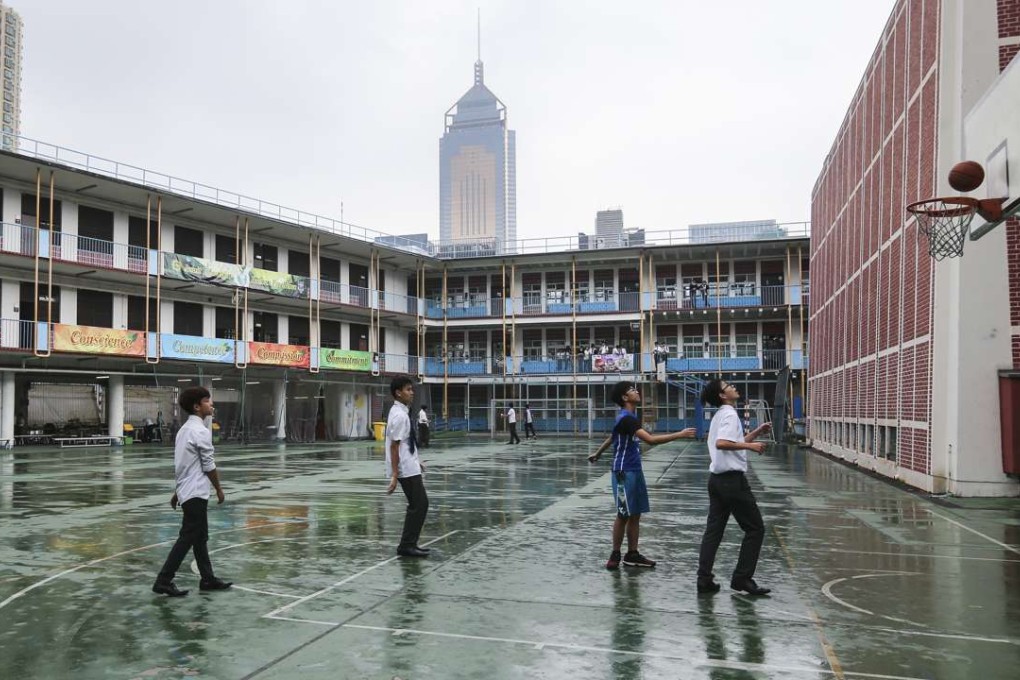Advertisement
My Take | You can’t blame Wah Yan for wanting to stay elite
Government-aided school has made a U-turn and decided to join the direct subsidy scheme, allowing it to enrol the best and brightest
Reading Time:2 minutes
Why you can trust SCMP

Alex Loin Toronto
Poor Wah Yan College. The long-time government-aided school is drawing flak for deciding to switch to direct subsidy, the funding method of choice for elite schools since Hong Kong’s return to Chinese sovereignty in 1997. Basically, everyone is doing it, so why can’t this Jesuit secondary school in Wan Chai do it, too?
Let me declare a personal interest. I went to the school in the 1970s. I doubt anyone there would remember me, as I was at the bottom of my class, so any elite school worthy of the name would have preferred to forget such a disgraceful pupil.
But I digress. The real issue, it seems, is not that the school is making the switch, but that it has taken so long to do so.
Advertisement
Advertisement
Father Alfred Deignan, the former head of both Wah Yan colleges on Hong Kong Island and in Kowloon, had, for a long time, argued the school should serve the children of both rich and poor families, and switching to direct subsidy would result in higher fees. He has now switched sides, though it must be said that despite the school’s history, the Jesuit influence is minimal these days.

Advertisement
Select Voice
Choose your listening speed
Get through articles 2x faster
1.25x
250 WPM
Slow
Average
Fast
1.25x
